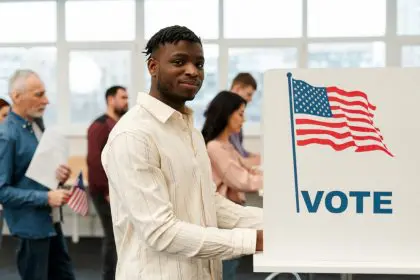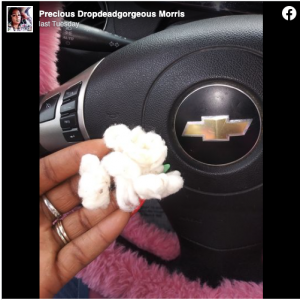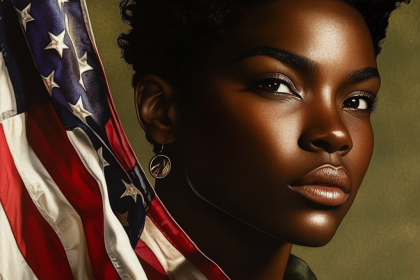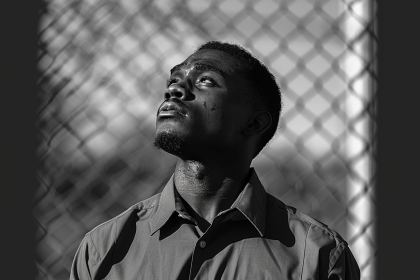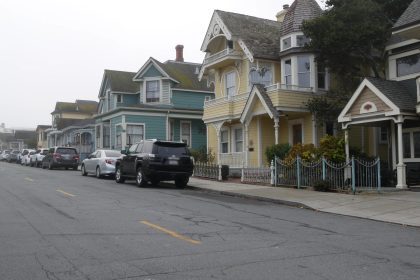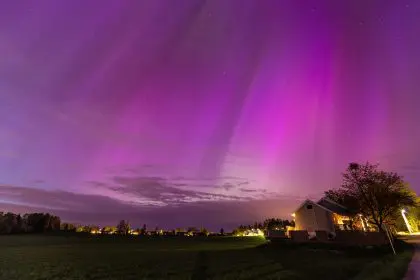The answer is clear about the innate inhumanity of slavery. Abuse ran rampant, everything from rape and dismemberment to separating families. Enslaved people lived in constant fear. Violence was always a threat, in one form or another.
These questions plague many historic sites. Museum professionals are then saddled with spending more time explaining the lack of specific evidence of abuse on their site — or examples in their records — and spending less time talking about the ways enslaved men, women and children used their culture and community to persevere in a system built on violence and terror.
Violence was not all enslaved people experienced on plantations. Questions that focus heavily on the treatment of the enslaved — and not the people themselves — erase their humanity and ignore their agency.
It also reduces their entire existence into a byproduct of white behavior and, worse, diminishes their cultures and their contributions to both the site and the nation as a whole.
Tour guides are pivotal in providing richer, more inclusive educational experiences. Yet we regularly endure personal attacks and offensive commentary. Historical interpreter Dontavius Williams works around the country at plantation sites, and, despite his authoritative expertise, Williams, 38, has told me and others in the field that he has been called “boy” on several occasions.
Many African American interpreters also have to address statements about how slavery was good for their ancestors.
Inclusion is not exclusion
The visitors’ role is to learn from the staff and engage in ways that generate constructive conversations. Facilitators like Williams are trained in encouraging such talks, regardless of the visitors’ preconceived notions, political agendas or fixed notions about slavery and other confirmation biases.
What brings a more nuanced and balanced tour are questions about who made the furniture, who cooked the food, what people ate, how enslaved people persevered in spite of enslavement or which West African traditions survived in the Colonies.
This inclusion does not equate to exclusion. Visitors can learn of the white family, the decorative arts — and the enslaved community.
Historic sites are not Disneyland, U.S. history is not fantasy and plantations are inherently uncomfortable places. If tourists ask the deeper, more nuanced questions, they will get answers that challenge preconceived ideas and render a more complete understanding of our nation’s history.


